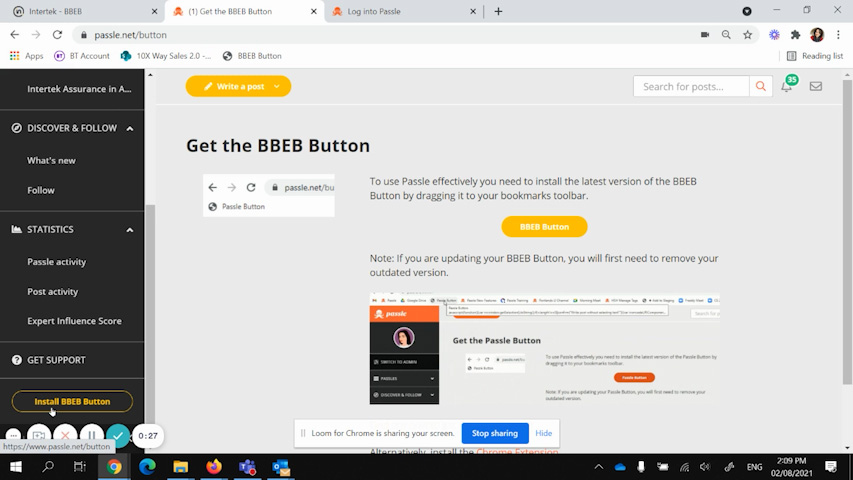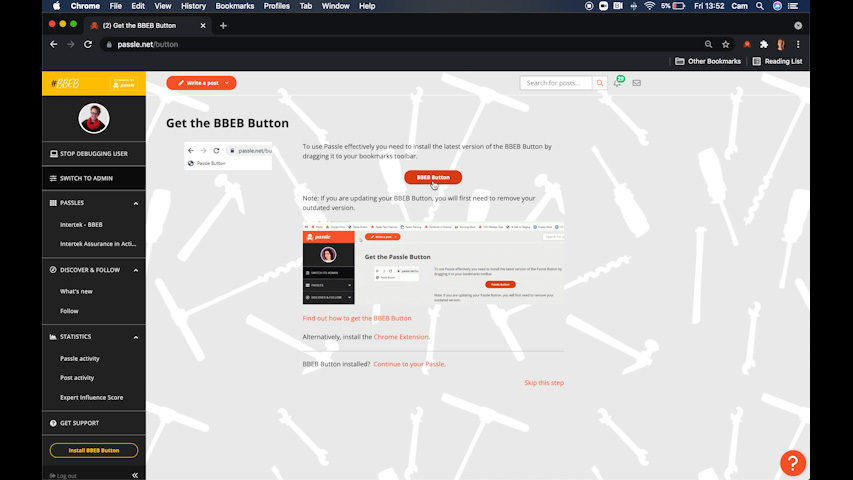Big news for the future of plastic: a new chemical recycling method has just hit a major milestone—cost parity with virgin plastic. As highlighted in Marianne Lehnis’s recent Forbes article, this is a game-changer for the sustainability movement.
For years, the biggest hurdle for recycled plastic has been cost. Virgin plastic, made from fossil fuels, has always been cheaper and often better in quality. But now, this new method breaks plastic down to its molecular level and rebuilds it—giving you the same quality as virgin plastic without the environmental baggage.
This matters because it removes one of the biggest excuses companies have had for not using recycled content. If cost is no longer a barrier, what's stopping us from making the switch?
There’s still work to be done to scale it up and fit it into our current recycling systems, but it’s a hopeful step forward. As we continue pushing for circular solutions, innovations like this one give real momentum to the idea that sustainability and profitability can go hand in hand.
Could this finally be the tipping point for plastic recycling? Let’s hope so.
Our track record is dire. Around 60% of plastic waste is dumped in landfills or the natural environment, according to the British waste management company Business Waste. Only 15% gets recycled; 17% is incinerated; and over 22% is littered directly into ecosystems. Plastic doesn’t biodegrade in any meaningful way—it fractures into toxic micro- and nanoplastics that contaminate everything from Arctic snow to deep-sea trenches.
 unknownx500
unknownx500
















